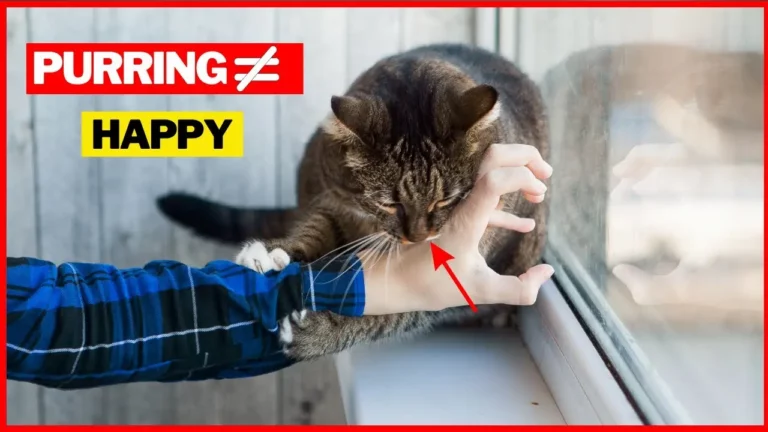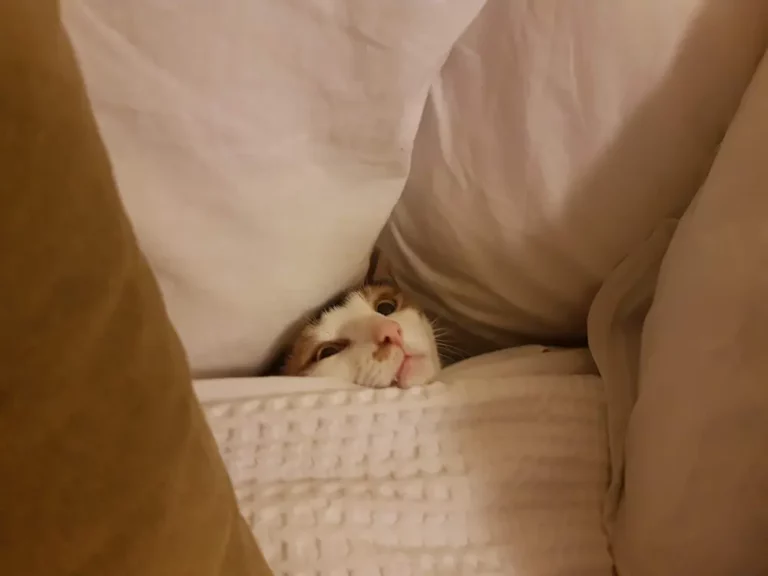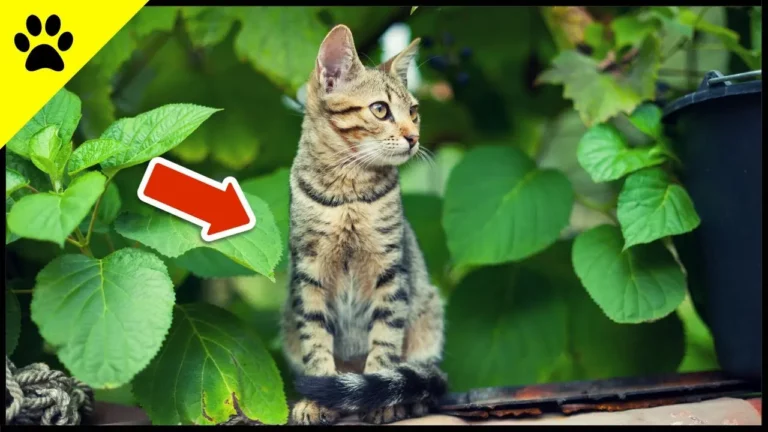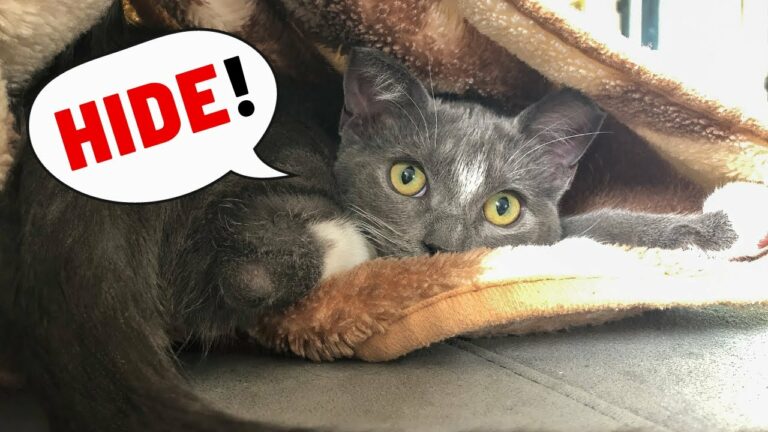The Amazing (And Beautiful) Reasons Why Your Cat’s Fur Can Change Color
Have you ever noticed your
But it doesn’t stop there—what your
Temperature can cause noticeable shifts, especially in breeds like Siamese cats.
Health conditions and aging also bring about changes in fur color and texture.
Genetics and Breed Influence
Your
From the moment they’re born, the genetic blueprint within your
Different breeds come with their own unique sets of genes that influence not just fur color, but also patterns and textures.
For instance, Siamese cats are known for their color-point fur, which means their fur is lighter on the body and darker on the ears, face, paws, and tail.
This distinct pattern is a result of a temperature-sensitive enzyme that affects pigment production.
As your
This is particularly noticeable in cats that carry genes for temperature-sensitive coloration.
The cooler areas of their bodies will have darker fur, while warmer areas will stay lighter.
Additionally, some cats may carry genes for albinism or partial albinism, leading to lighter fur that can change over time.
Dietary Impact
Believe it or not, what you feed your
Nutrients play an important role in maintaining the vibrancy and condition of your
If your
A deficiency in amino acids, especially tyrosine, can lead to a noticeable change in fur pigmentation.
Tyrosine is essential for producing melanin, the pigment responsible for your
Without adequate tyrosine, black fur might turn a rusty brown.
Similarly, a lack of copper in your
Including omega-3 and omega-6 fatty acids in your
These fatty acids help maintain a glossy, healthy coat and prevent dryness or flakiness.
High-quality
Ensuring your
Pay attention to their food, and you’ll see the difference it makes.
Temperature Changes
To guarantee diet, environmental factors like temperature changes can also affect your
Cats have a unique trait in their fur pigmentation that responds to temperature.
For example, Siamese cats are known for their color-changing fur.
When the temperature drops, their fur can darken, especially on extremities like ears, paws, and tails.
This happens because the enzyme responsible for their fur color, tyrosinase, is temperature-sensitive. In cooler areas of the body, the enzyme is more active, resulting in darker fur.
You’ll notice that in the warmer months, your
This is because higher temperatures inhibit the enzyme, preventing the production of darker pigments.
Conversely, when the weather cools down, your
This fascinating process isn’t just limited to Siamese cats; other breeds with similar genetic traits can experience these changes too.
To manage this, make sure your home maintains a consistent temperature.
While you can’t completely control your
Keeping your
Health Conditions
Did you know that certain health conditions can also cause your
It’s true, and being aware of these conditions can help you keep your
For instance, hyperthyroidism, an overactive thyroid gland, can lead to a dull coat or changes in fur color. If you notice such changes, it’s crucial to consult your vet for a diagnosis and treatment plan.
Similarly, nutritional deficiencies can affect your
A lack of essential nutrients like vitamins and minerals could result in a faded or discolored coat.
Ensuring your
Additionally, skin infections and allergies might alter your
Bacterial or fungal infections can cause discoloration, and allergic reactions might lead to excessive grooming, which can strip the fur of its natural color.
Lastly, certain medications can have side effects that include changes in fur color.
If your
Aging and Maturity
As cats age, their fur can undergo noticeable changes in color and texture.
You might observe your once-vibrant
This is a natural part of the aging process, much like graying hair in humans.
With maturity, a
Melanin, the pigment responsible for fur color, can decrease with age.
This reduction in melanin leads to lighter fur. Additionally, older cats might experience hormonal changes that impact their fur’s appearance.
For example, a reduction in thyroid function can cause a dull coat.
While these changes are often normal, it’s important to monitor your
Maintaining a balanced diet and regular grooming can help manage these changes.
Quality
Embracing your
Conclusion
Understanding why your
By paying attention to your
Remember, changes in fur color can be natural, but they can also signal health issues, so regular vet check-ups are essential to keep your beloved






